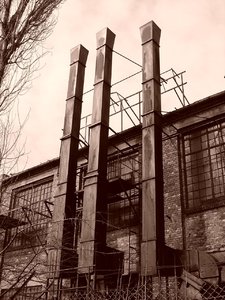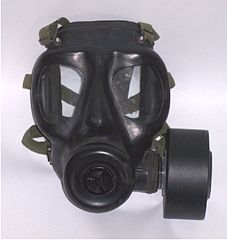Our Boston mesothelioma lawyers realize that James Fogle isn’t the most sympathetic of characters. 
The 75-year-old, who was made famous for writing about and committing pharmacy robberies, recently died in prison – the latest in a long line of well-known individuals to succumb to the disease. His late-1980s novel, “Drugstore Cowboy,” about drug addicts who heisted pills from pharmacies, was made into a movie by filmmaker Daniel Yost. The film became a cult classic, and closely mirrored Fogle’s own life, which was checkered with stints in and out of prison.
In fact, Yost has indicated that prison work may have been the root cause of his illness. He had been in and out of institutions throughout his life. During an earlier stint, he began working with steel pipes and various machinery in the prison. Back in 1953, the American Water Works Association set regulations prohibiting the use of asbestos in cement pipes. After that, many facilities (including prisons) had them replaced due to the hazards. But that didn’t happen all at once, meaning that prisoners and prison staff alike were placed at risk for the fatal cancer.
At the time of Fogle’s death, he was serving a 16-year prison sentence for a 2010 pharmacy robbery.
We know that asbestos has been common in almost every older commercial structure, as well as many products. Little has been done to address the issue of asbestos in schools and office buildings, so it’s really not surprising that little has been done to take asbestos out of prisons. We understand some might say that it’s just as well, and that those who are serving time deserve whatever ills befall them while they’re there. But there are a few things to consider:
1. Most of those who are in prison have not been handed death sentences – which is what mesothelioma is.
2. The people who work in prisons are at equal risk of exposure as the prisoners.
Another recent example of asbestos exposure in prisons was in Kansas. It was so bad, in fact, that an audit was ordered by the state Department of Corrections to identify how many inmates and workers had been exposed during a massive asbestos abatement project at two of their facilities. The audit noted that the organic fiber was actually in dozens of the prisons throughout the state.
The agency had previously been fined by the Environmental Protection Agency for failing to properly dispose of the material. It reportedly used untrained and ill-equipped prisoners in order to destroy and remove asbestos-laden flooring. It did not even provide these prisoners with respirators.The agency also failed to test other buildings, which likely contained asbestos, before tearing them down.
The only real positive for prisoners who are diagnosed with mesothelioma is that they are guaranteed health care by the state. However, that’s only for as long as they are incarcerated – and it doesn’t do anything for prison staffers.
Of course, this is not always top-notch health care. In some cases, they must wait weeks or months for an appointment. Plus, as mesothelioma is a terminal disease, there is not much doctors can do anyway.
While few may mourn Fogle’s death as the loss of a great contributor to society, it’s worth noting that if corrections departments knowingly expose either prisoners and prison workers to asbestos, they should be held accountable.
Continue reading
 Mesothelioma Lawyers Blog
Mesothelioma Lawyers Blog












